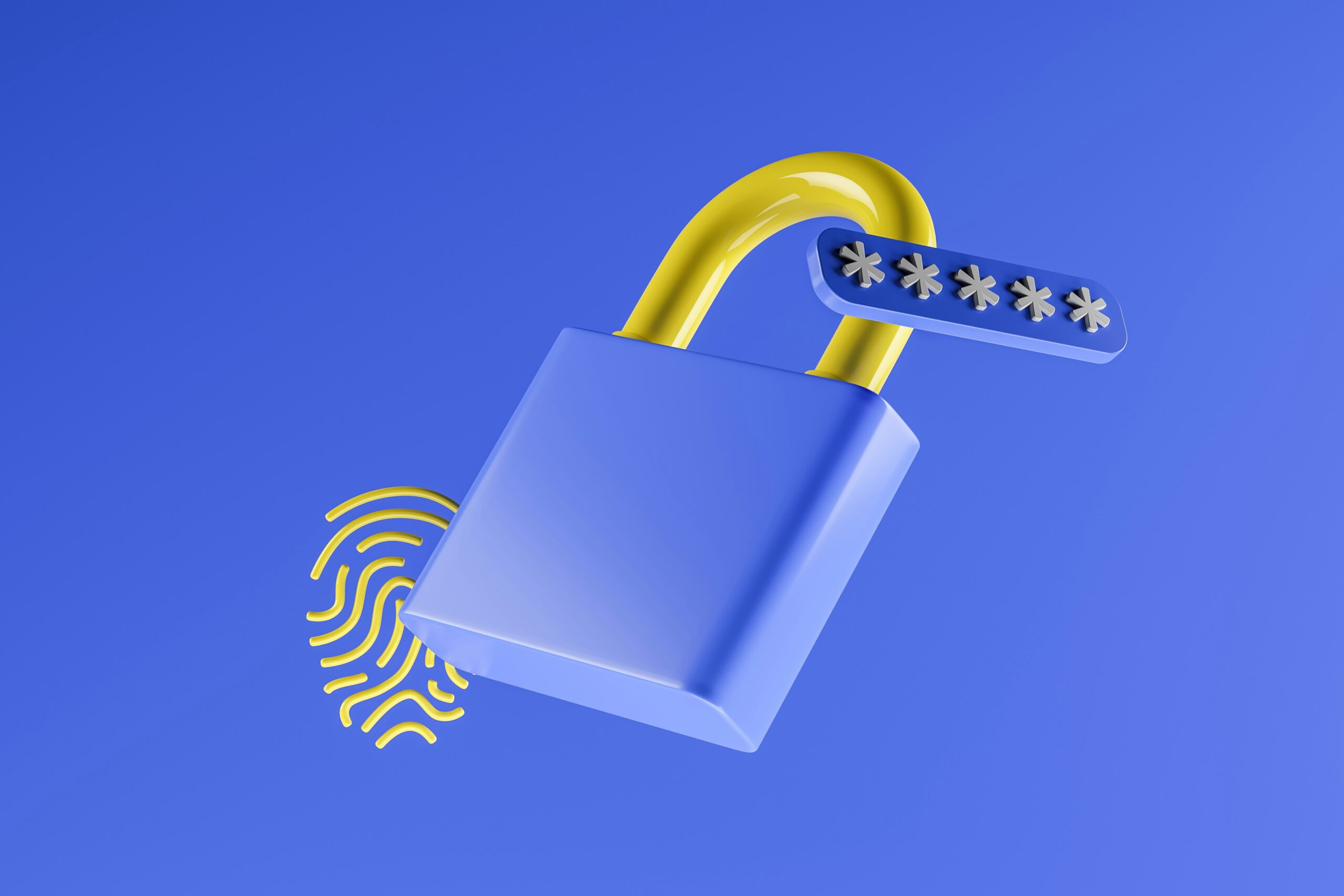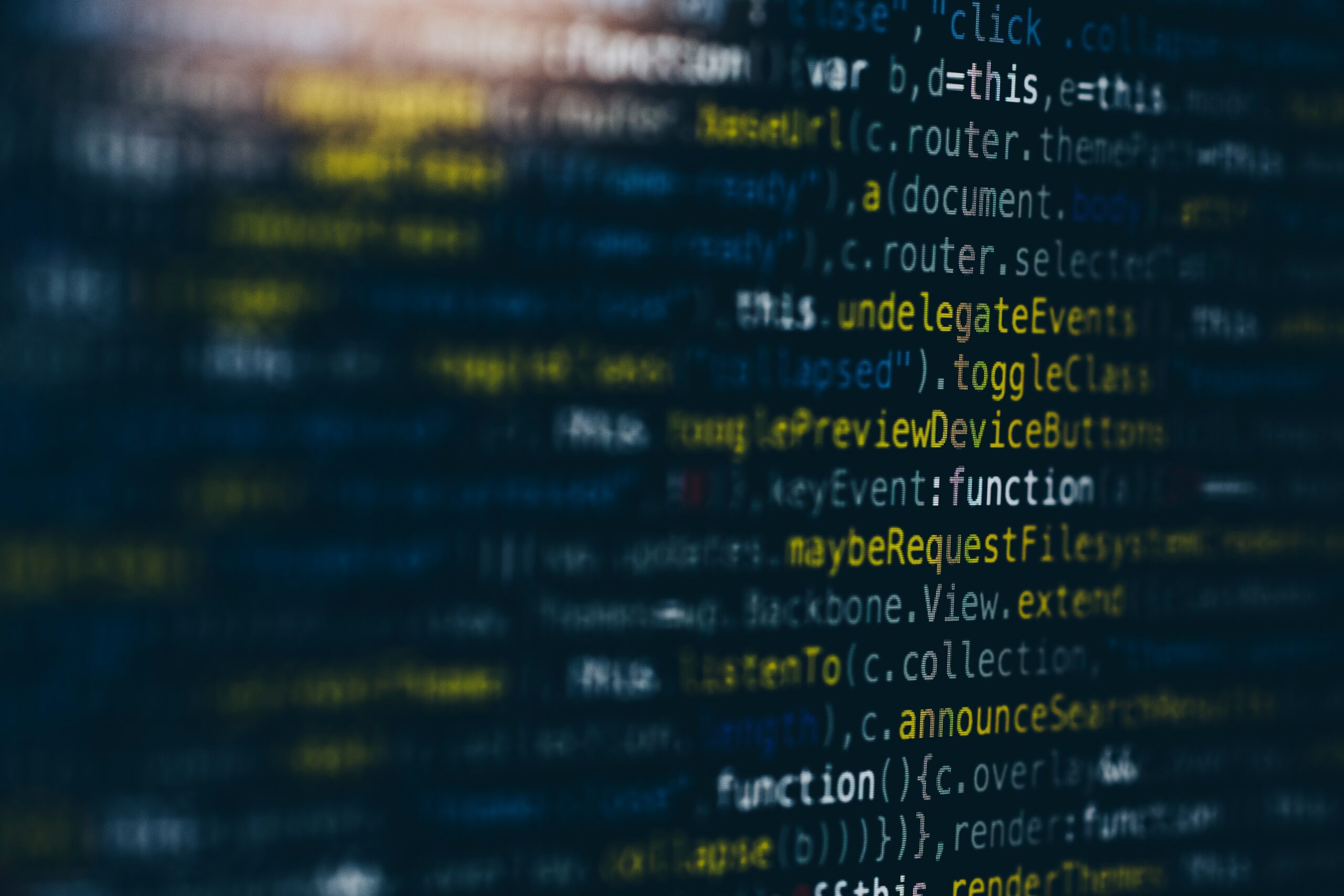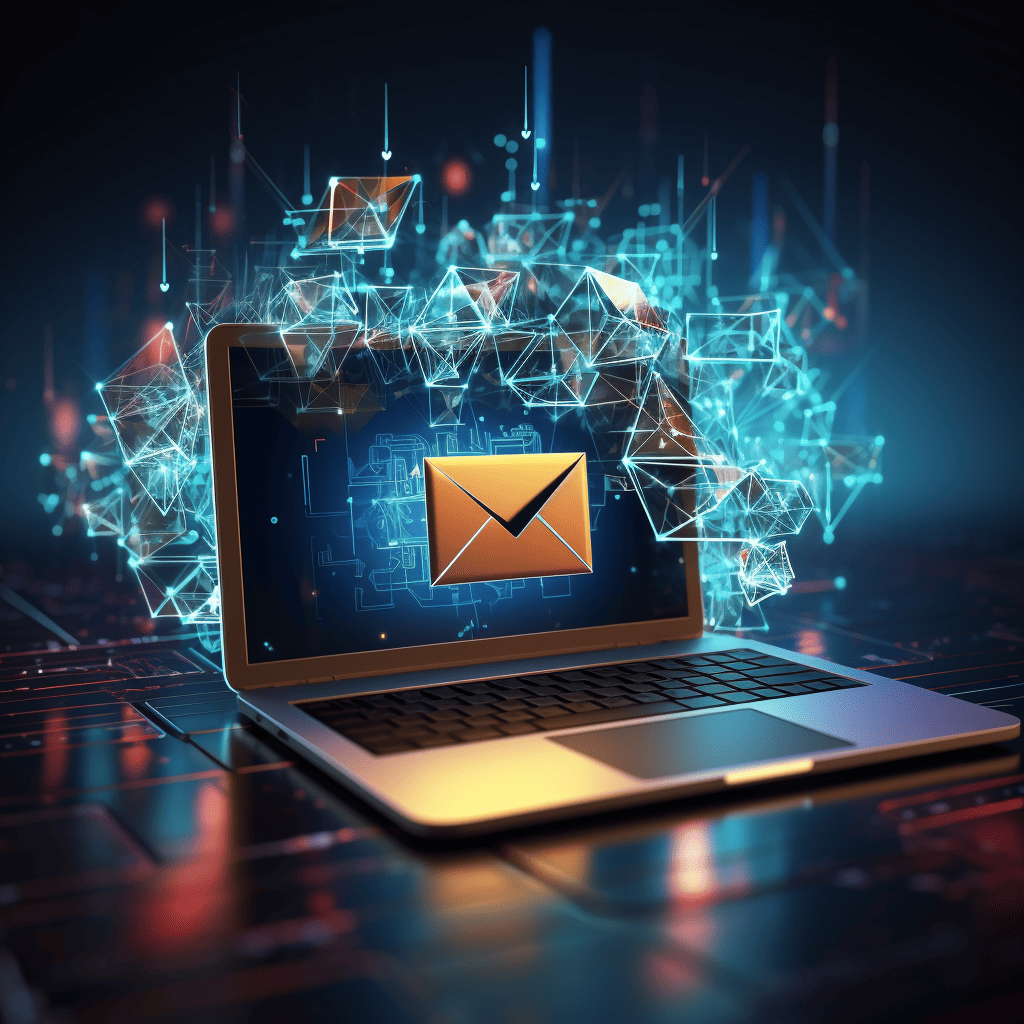Introduction: Email Security Best Practices
In an era where businesses rely on email communications for seamless information exchange, it is essential to implement email security best practices. Email security, at its core, refers to the measures and practices implemented to protect electronic messages from unauthorized access, interception, or manipulation.
At K3 Technology, our email security strategy consists of a combination of robust practices aimed at preventing cyber threats and ensuring the confidentiality, integrity, and availability of sensitive information exchanged via email.
In this blog, we will delve into essential email security best practices, providing you with actionable insights to fortify your defenses against potential risks.
Common Email Security Threats

Email Security Best Practices
By implementing robust email security practices, businesses can fortify their digital communication channels, ensuring the confidentiality and integrity of sensitive information.
At K3 Technology, we recommend implementing user authentication measures, email encryption, employee security awareness training, regular software updates, network and device security solutions, and email filtering & anti-malware solutions. Continue reading to learn more about each email security measure.
User Authentication
User authentication — a key email security best practice — involves mechanisms to verify the identity of individuals accessing email accounts. This thwarts unauthorized entry and safeguards sensitive information. Simple yet effective practices, such as employing strong passwords and implementing Two-Factor Authentication (2FA), play a pivotal role.
When it comes to passwords, K3 recommends the use of complex combinations of letters, numbers, and symbols to enhance security. This ensures that passwords are not easily guessable, providing an additional layer of defense against unauthorized access. Moreover, incorporating 2FA adds an extra step to the authentication process, requiring users to verify their identity through a secondary method, like a mobile app or a text message.
By prioritizing user authentication as part of your email security strategy, businesses can significantly reduce the risk of unauthorized access and potential breaches.

Email Encryption
Another key email security best practice is encryption. Email encryption involves encoding messages to protect their contents from unauthorized access during transmission. In simple terms, it ensures that even if stolen, the information remains indecipherable to anyone lacking the proper decryption key.
Implementing email encryption is particularly critical for safeguarding sensitive business communications and confidential data. This security measure transforms plain-text emails into coded formats, rendering them unreadable without the designated decryption key. This added layer of protection shields against potential eavesdropping and data breaches.
To achieve effective email encryption, businesses can utilize end-to-end encryption solutions. These solutions ensure that only the intended recipient possesses the means to decode and comprehend the message, enhancing the overall confidentiality of your email communications.
By embracing encryption, businesses can fortify their digital communication channels and instill confidence in the secure exchange of information.

Employee Training
In the digital age, where cyber threats abound, educating your staff becomes a frontline defense against potential breaches. This email security best practice involves empowering employees to recognize and thwart phishing attempts, a prevalent tactic used by cybercriminals to gain unauthorized access.
Through regular and targeted training programs, K3 advises businesses on creating awareness about the evolving tactics employed by malicious actors. We believe it is important for employees to be kept up-to-date on the latest cybersecurity trends and best practices.
By investing in comprehensive employee training, businesses can cultivate a security-conscious culture, where every staff member becomes a proactive guardian of sensitive information.

Regular Software Updates
Software updates, often referred to as patches or fixes, play a pivotal role in addressing vulnerabilities that could be exploited by cyber threats. Ensuring that your email software and security tools are up-to-date is a proactive measure to safeguard against potential breaches.
By routinely installing updates, businesses benefit from the latest security features, bug fixes, and patches provided by software developers. These updates are designed to fortify the software against emerging threats, making it essential to stay current with the latest versions.
K3 also advises businesses to leverage automatic update features whenever possible, streamlining the process and ensuring that security enhancements are promptly integrated. This proactive approach significantly reduces the risk of exploitation by cybercriminals looking to capitalize on known vulnerabilities.

Safeguarding Emails with Secure Networks & Devices
Securing your email communications extends beyond software measures. K3 Technology advocates for the implementation of secure networks and devices as integral components of email security best practices. A secure network involves establishing robust measures to safeguard the connection through which your emails travel.
K3 recommends the use of Virtual Private Networks (VPNs) to encrypt internet connections, preventing unauthorized access to transmitted data. Employing secure Wi-Fi networks is equally crucial, ensuring that your business communications remain shielded from potential eavesdropping or unauthorized interception.
Additionally, securing devices accessing email accounts is paramount. K3 emphasizes the significance of implementing security measures such as firewalls and antivirus software on both computers and mobile devices. These measures act as a protective barrier, mitigating the risk of malware infiltration and unauthorized access.
In essence, fostering secure networks and devices ensures that your email communications are shielded from potential threats.

Email Filtering and Anti-Malware Solutions
Furthermore, another key email security best practice involves implementing effective email filtering and anti-malware solutions. Email filtering serves as a frontline defense, screening incoming messages to identify and weed out potential threats. This proactive measure helps in preventing malicious content from reaching your inbox.
Anti-malware solutions, on the other hand, act as a shield against harmful software that may be embedded in email attachments or links. K3 emphasizes the importance of integrating advanced anti-malware tools that can detect and neutralize various forms of malware, including viruses, ransomware, and spyware.
Implementing a combination of email filtering and anti-malware solutions not only reduces the risk of falling victim to phishing attempts but also safeguards your business against the potential damage caused by malicious software.

Data Backups
Ensuring the security of your email data goes beyond preventive measures. Data backups are vital as they serve as a fail-safe against potential data loss due to unforeseen circumstances, such as cyberattacks, hardware failures, or accidental deletions.
K3 advises implementing a structured backup strategy that includes both on-site and off-site storage options. This dual approach provides redundancy, ensuring that your business can quickly recover from any unexpected data loss event.
Moreover, businesses should leverage secure cloud storage solutions for their backups. This not only facilitates accessibility but also adds an extra layer of protection against physical damage or theft of on-site storage devices.
In essence, data backups act as a safety net for your business’s email communications. By incorporating this email security best practice, businesses can navigate the digital landscape with confidence.

Emerging Trends in Email Security
In the ever-evolving landscape of digital security, K3 Technology emphasizes staying abreast of emerging trends in email security. As technology advances, so do the tactics employed by cyber adversaries. One notable trend is the increasing integration of Artificial Intelligence (AI) and machine learning in email security solutions.
AI-driven systems can analyze vast amounts of data to identify patterns and anomalies. These systems enhance the detection of phishing attempts, malware, and other threats. Such proactive approach allows businesses to stay ahead of evolving cyber risks.
Additionally, the growing importance of Zero Trust Security models is a noteworthy trend. Zero Trust operates on the principle of never trusting, always verifying. This approach mandates continuous verification of user identity and device security, reducing the likelihood of unauthorized access to email accounts.
Furthermore, K3 underscores the rising adoption of advanced threat intelligence platforms. These platforms leverage real-time data to provide insights into current cyber threats, enabling businesses to tailor their security measures accordingly.
By keeping a vigilant eye on these emerging trends, K3 Technology ensures that businesses can proactively enhance their email security strategies.
Frequently Asked Questions about Email Security Best Practices
How do businesses protect against Business Email Compromise (BEC) attacks?
Businesses can protect against BEC attacks by implementing robust user authentication measures, conducting employee training to recognize fraudulent activities, and leveraging advanced threat intelligence platforms to stay informed about current cyber threats.
What are the benefits of leveraging cloud-based solutions for email security?
Leveraging cloud-based solutions for email security provides benefits such as enhanced accessibility to data backups, added protection against physical damage or theft, and seamless integration with advanced email communication tools.
What steps can businesses take to prepare for remote work-related cybersecurity challenges?
Businesses can prepare for remote work-related cybersecurity challenges by implementing secure remote access solutions, ensuring employees use secure Wi-Fi connections, and conducting regular cybersecurity training to educate staff on recognizing and mitigating potential threats while working remotely.
Why is it essential to secure email communications in a remote work scenario?
Securing email communications in a remote work scenario is essential to protect sensitive data accessed through personal devices. K3 Technology recommends implementing robust cybersecurity measures, including email encryption and secure networks, to mitigate the increased risks associated with remote work.
Conclusion: Email Security Best Practices
Prioritizing email security best practices is paramount in safeguarding your business’s sensitive information. K3 Technology, as a dedicated provider of advanced IT services, advocates for a comprehensive approach that includes user authentication, email encryption, employee training, regular software updates, secure networks and devices, email filtering, anti-malware solutions, and data backups.
Moreover, staying informed about emerging trends ensures businesses can adapt proactively to evolving cyber threats. By adopting these best practices, businesses can create a robust defense against phishing attempts, malware, and other cyber risks. Whether it’s securing remote work scenarios or preparing for emerging trends, the commitment to a secure email environment is vital.
K3 Technology remains dedicated to empowering businesses with the knowledge and tools needed to navigate the dynamic landscape of email security effectively. As technology evolves, so do the strategies to protect your business, and embracing these practices ensures a resilient defense against the ever-changing cybersecurity landscape.






